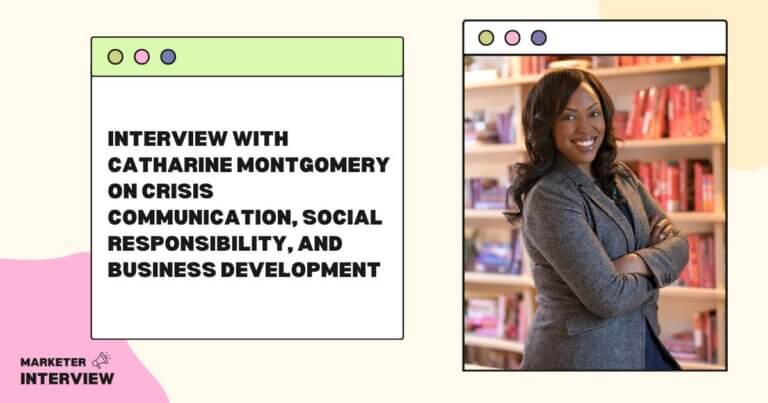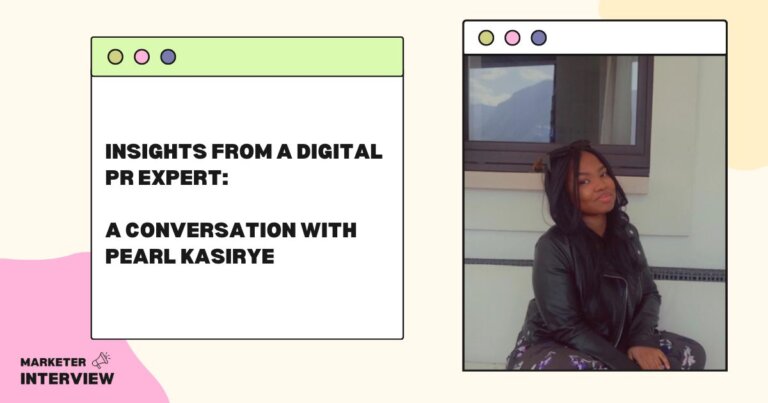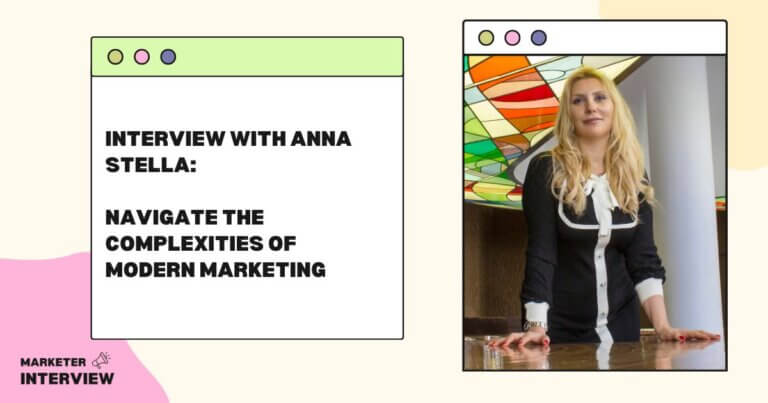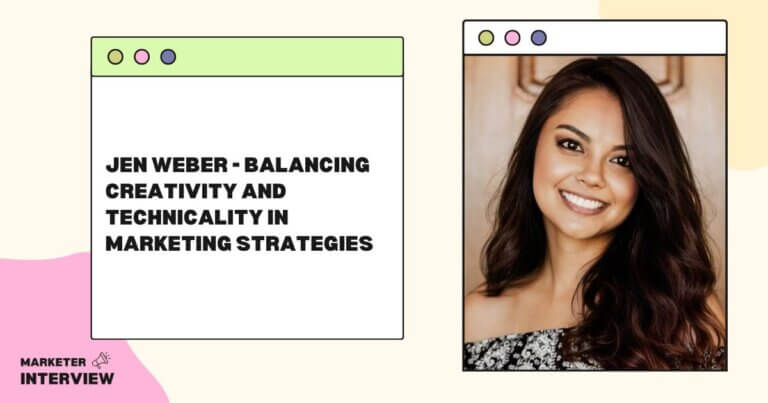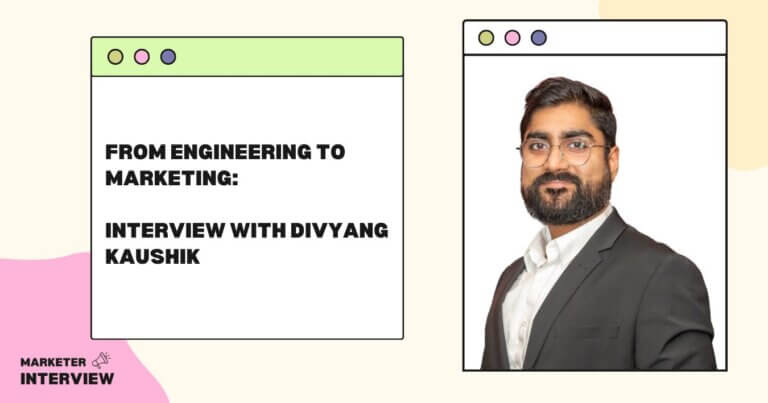Human-Centered Marketing Strategies: An Interview with Zachary Clark
Zachary Clark started his marketing career as a photographer pitching brands on photography gigs.
Today, he is a B2B Technology marketer at Forrest, a startup marketing agency that has grown from 4 to 22 employees, helping clients globally.
Zachary defines demand generation in this interview as moving people’s hearts and minds to understand and want products and services. He emphasizes the importance of a human-centered approach in demand generation.
Let’s dive in!
Contents
- 1 What inspired you to pursue a career in marketing?
- 2 What are some essential strategies and tactics for driving demand in today’s market?
- 3 You mentioned the importance of human-centered approaches in demand generation.
- 4 Can you share some examples of applying this philosophy in your work at Forrest?
- 5 What do you see as the biggest challenges facing demand-generation professionals today?
- 6 What metrics do you use to measure the success of your demand generation campaigns?
- 7 How do you balance the need to drive short-term results with the importance of building long-term brand equity and customer relationships?
- 8 How do you stay up-to-date with the latest trends and best practices in demand generation?
- 9 What essential tools and software do you use to manage your demand generation campaigns?
- 10 What do you think the future holds for demand generation and marketing?
What inspired you to pursue a career in marketing?
In 2017, I tried to “make it” as a young commercial adventure photographer, traveling and sleeping in my car while pitching brands on photography gigs.
Truthfully I had only some success, but the fruit came from being close to marketing leaders. I was so intrigued by the combination of left and right-brain thinking.
To supplement income between gigs and with my new interest in marketing, I pitched a local health food chain to run their social media accounts.
They must have liked the idea of a photographer running their accounts because other than listening to the advice from Gary Vee on how to do social media marketing, I had no experience!
From that initial gig, sheer curiosity has led to where I am today. I parlayed the social media role into a marketing manager role, then ventured into CPG eCommerce brand management.
And in 2021, I finally found my “home” in B2B Technology marketing at Forrest. When I joined, the startup marketing agency had just 4 employees. Today, we have 22 employees and are helping clients globally.
What are some essential strategies and tactics for driving demand in today’s market?
Demand generation is moving people’s hearts and minds to understand and want your products and services.
Marketing is undergoing a huge transformation. Old tactics aren’t performing like they used to, legacy strategies are becoming obsolete, and most importantly, B2B buyers don’t buy like they used to.
Specific strategies and tactics largely depend on your audience, product, and positioning, but in general, these are the most impactful strategies today:
1. Value-led content marketing:
To generate demand within your target accounts, you must be the best in your category when educating your prospects. To do this, you must deeply connect with your audience and understand their internal and external pains.
It’s not enough anymore to throw together a quarterly content calendar. Instead, an agile approach where you’re putting out content and adjusting future topics in real-time, conversing with real people in your target audience, and following the data around what to post next will make your content marketing program work.
If you work for a technology consulting firm, putting your people at the center of your strategy is crucial. Consultants need to be trusted more than most industries.
If you have internal SMEs, we have seen a lot of impact on marketing success when part of the strategy is to generate industry acclaim for those people. This can be done through LinkedIn personal accounts, joining partner webinars, submitting proposals to speak at conferences, or even writing a book.
2. Paid social
Most people use paid social to generate leads or drive traffic to a landing page.
While this is important, using part of your paid digital budget to ensure your target audience sees your best educational content is critical to generating demand.
One easy way to do this is by dividing pillar content like webinars and keynote speeches into smaller snippets and promoting those videos to your audience.
Over time, these “micro-deposits” turn your audience from strangers into people who know, like, and trust you.
3. Account-based marketing
ABM overlays both of these strategies. For example, you can use account target lists to build audiences in your digital ad targeting and create segments based on pain points, industry, or company size.
On top of that, you can look at account engagement on content and ads and then do things to activate and engage those accounts.
An example would be taking your highest-engaged accounts and sending them specific email sequences or inviting them to collaborate on content.
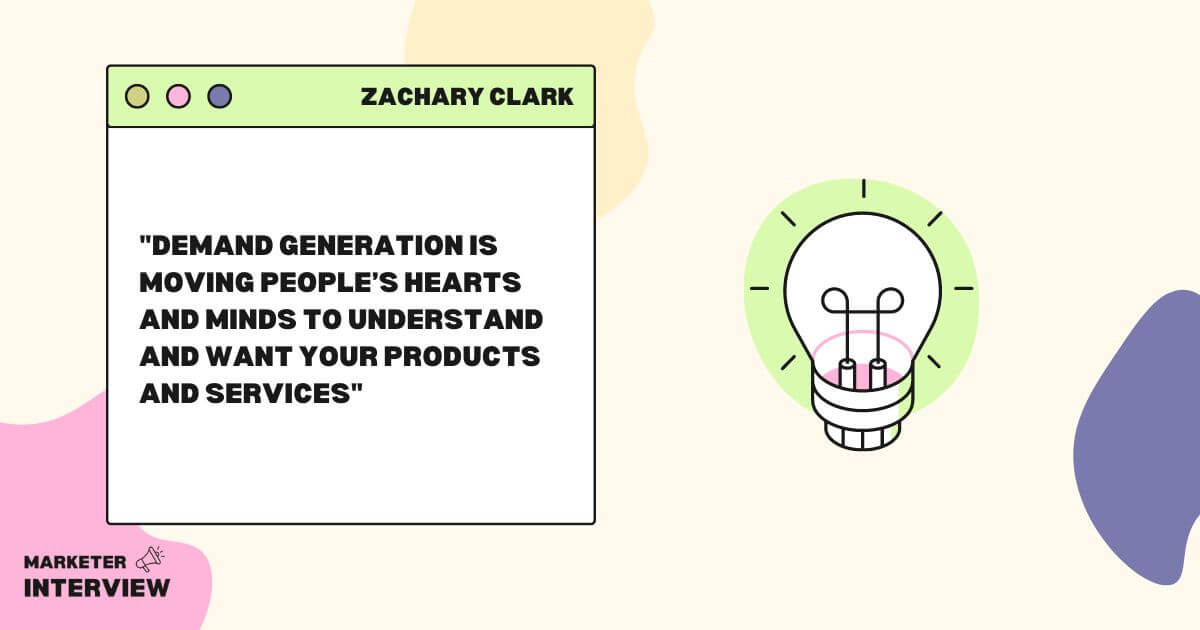
You mentioned the importance of human-centered approaches in demand generation.
Human-centered marketing drives more technology sales and a better long-term relationship with your prospects.
We can’t forget that we’re not just selling to C-suite folks, directors, and managers – we’re selling to fathers, mothers, sons, and daughters. They’re humans, and they’re longing for authentic and meaningful connections.
Forrest utilizes these guiding principles when creating human-centered demand-generation programs:
1. Businesses should align marketing activities to how people buy rather than how you want them to buy.
For the longest time, B2B marketing teams have created sequential marketing funnels and tried to fit people’s buying journeys into them.
You’d put out an eBook for download, then for the next few days, nurture them with additional content like case studies or other eBooks, usually asking them to get onto a call or demo along the way.
According to everything we know about B2B buyers (humans!), the buying process is simultaneous, messy, and involves a handful of people.
2. Trust is built by inviting customers into a narrative that places their internal problems in the center of a story.
Most advice is to sell on benefits rather than features and talk about the outcomes of your products. But, unfortunately, one more layer to this is often missed: the emotional pains of your buyers.
Not only do great products help people transform their business into a new era, but they can also resolve a lot of internal pains like stress, fear, uncertainty, doubt, imposter syndrome, and so on.
Tap into these in your content and let your buyers know you understand how they feel. In other words: lead with empathy!
3. Communications are earned and value-led – never unwarranted, intrusive, or disruptive.
Seth Godin published Permission Marketing in 1999, and the message is still relevant today.
It’s vital to gain trust over time, especially when privacy is top of mind, and trust is scarce.
If you think about your marketing like dating, you wouldn’t barge into a room and start proposing. Instead, you would take it slow and make deposits into people over time until it’s the right time to make an ask.
What do you see as the biggest challenges facing demand-generation professionals today?
Too many business leaders see marketing as a service center to sales. Marketing generates leads. Sales sell to those leads.
Because of this, many marketing teams are tied to sizable lead number targets, hindering their ability to make micro-deposits into their audience and do meaningful activities that don’t drive leads.
Podcasts, organic and paid ungated resources, and ungated webinar replays are all examples of great content that may only sometimes drive leads but would be incredible thought leadership for your company.
Marketing departments should be tied to a revenue number and free to achieve it in a way that makes sense for their target prospects.
What metrics do you use to measure the success of your demand generation campaigns?
We can use many metrics to measure the success of demand generation.
Metrics can be divided into two categories: KPIs and success metrics. I like to think of KPIs measured at the channel or tactic level and success metrics measured at the campaign or program level.
Here is the breakdown of what you might measure within each:
KPIs:
- Engagement rate
- Open rate
- Reply rate
- Video view through rate
- Time on page
- Bounce rate
These KPIs are indicators of how valuable your content is for your audience. If these are low, it might mean your content isn’t addressing the right pain points or diving deep enough into topics.
Success metrics:
- CAC (Customer or client acquisition cost)
- Pipeline velocity and conversion rate
- Sales cycle length
These metrics show the overall success of how your activities affect your revenue efficiency. If this is low, you may need to expand your content to account for more of the buying journey.
How do you balance the need to drive short-term results with the importance of building long-term brand equity and customer relationships?
Like any good marketing advice… it depends.
The ratio is typically skewed toward short-term results if you work at a younger company without an existing engine for bringing in new business.
Short-term activities are demand capture activities like paid Google Keyword Ads, leveraging intent data for outbound marketing, or optimizing your website to convert existing traffic.
How do you stay up-to-date with the latest trends and best practices in demand generation?
The LinkedIn community of B2B marketers has been invaluable in seeing collective learnings of what’s working today – not months or years ago.
Outside of that, other communities like Exit Five or podcasts from Cognism, Easy Mode, and Dave Gerhardt are all great places to get trusted learnings.
What essential tools and software do you use to manage your demand generation campaigns?
A typical demand generation tech stack looks like this:
- CRM (Hubspot, Marketo, Pipedrive)
- Database and enrichment (Apollo, Cognism, Zoominfo, 6Sense)
- Engagement and meeting scheduling tools (Typeform, Calendly, Chili Piper)
- Measurement (Databox, Hockeystack, Google Analytics/Data Studio, MotionApp)
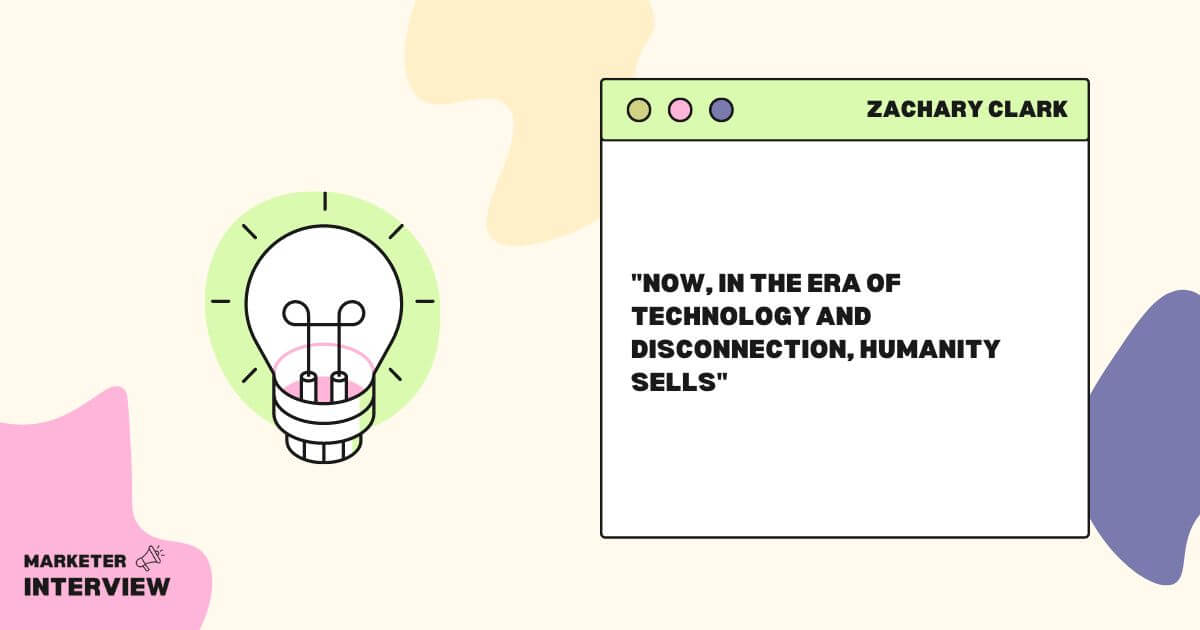
What do you think the future holds for demand generation and marketing?
Demand generation and buying habits will constantly be changing. Therefore, tactics, strategies, and playbooks need to remain agile, and as marketers, we can’t only get comfortable and assume what we are doing will work for a while.
The one thing that will continue to work despite market changes is centering your work around humanity. It used to be that “sex sells,” then it was “nostalgia sells”.
Now, in the era of technology and disconnection, humanity sells.

